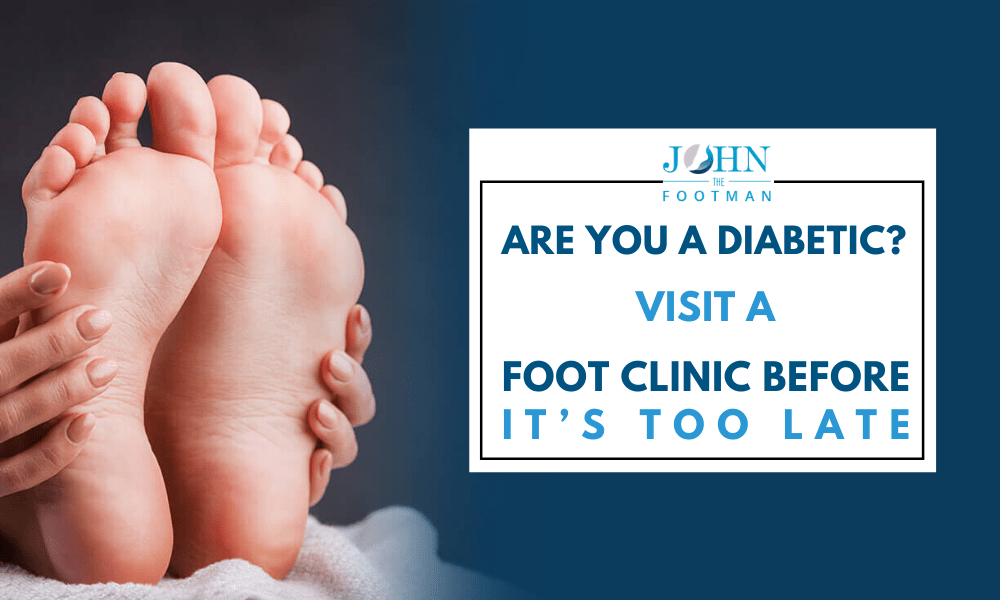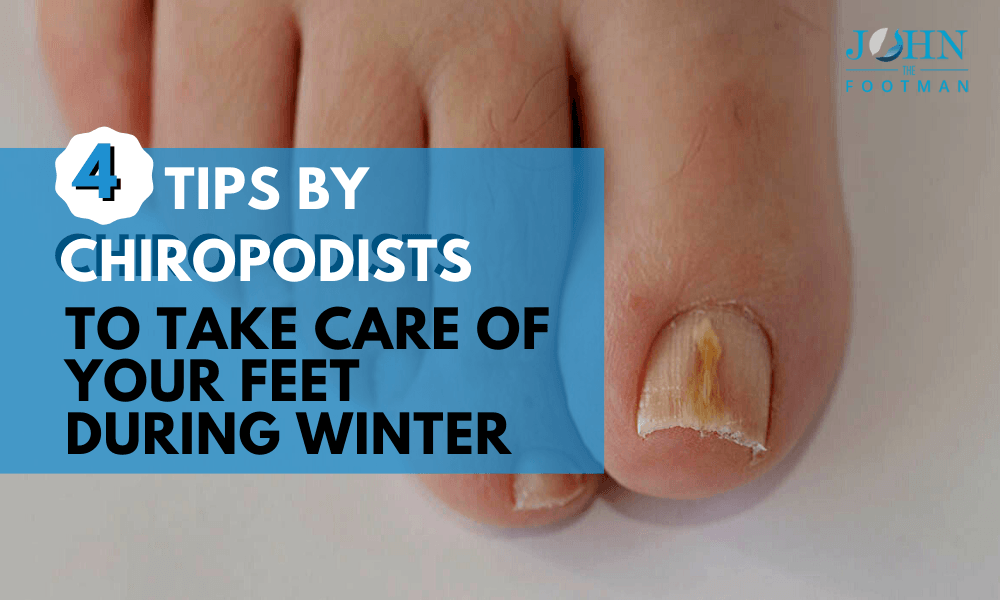Though there are numerous foot clinics, it is always advisable to choose one where there is an experienced podiatrist to deal with the issues in your feet. A podiatrist has the experience and expertise required to assess the condition of your feet before suggesting the most suitable treatment. They specialise in healing foot injuries or diseases which are affecting your foot or can do so in the future.
Few Skills Every Podiatrist Should Possess
- Analytical Skills
Some of the foot problems are indeed very complicated. There are even a few situations when minor issues become complex when ignored. A good podiatrist is someone who possesses a high level of analytic skills. They often use scientific principles while analysing the problem in your foot. Having good analytical skills is a must if you are looking for long-lasting solutions. Gauging this skill in your podiatrist will become easier if you consider the types of questions they are asking you during the first visit.
- Pay Attention To Details
Your podiatrist electing the most suitable treatment plan for your foot will become easier if your podiatrist goes through your previous medical history first. It is necessary to determine the actual cause of the problem and how to treat it. There are high chances for a new foot problem to emerge while they are treating an existing problem. The more detail-oriented services your podiatrist can provide, finding the most suitable solution will be easier for them. He should also pay close attention to what his patient is saying.
Since you are now aware of all the vital skills a podiatrist should possess, it’s time you visit a reputed foot clinic.







